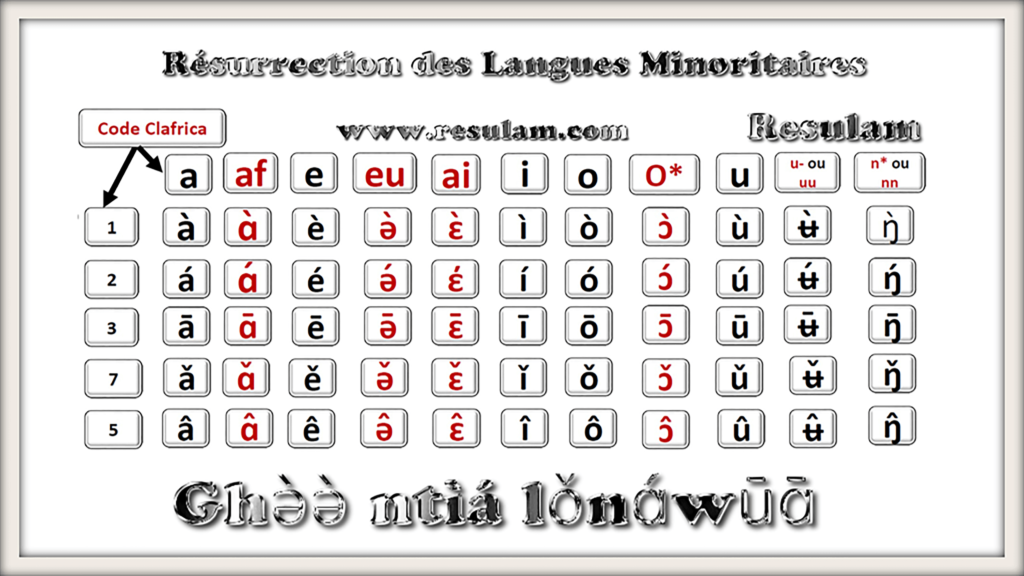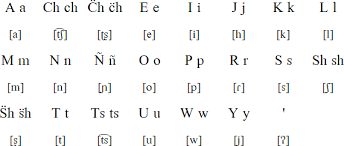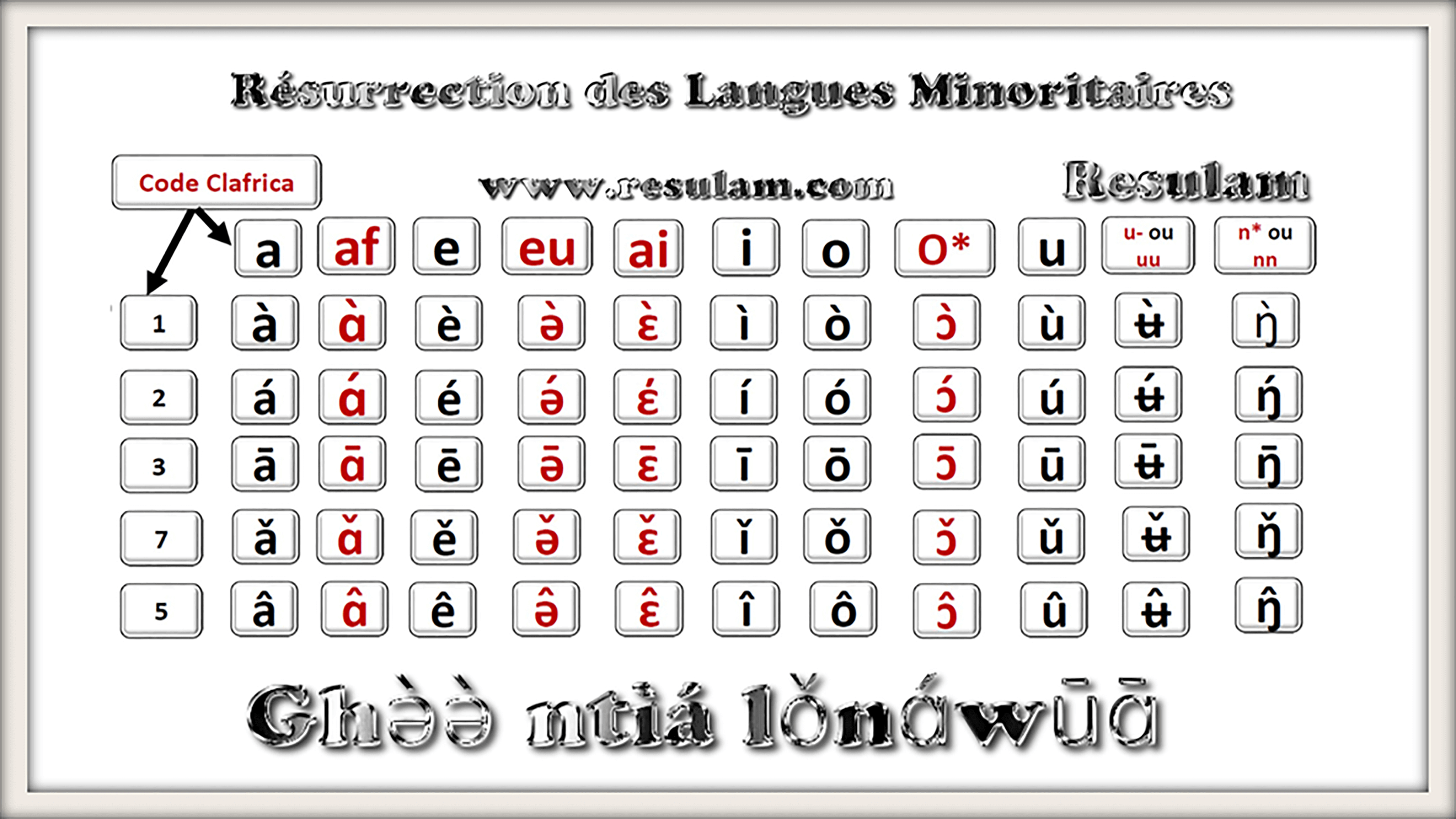A language is a structured system of communication used by humans consisting of speech and gestures. Approximately 6,500 languages are spoken in the world today. Each and every one of them make the world a diverse and beautiful place, but any language can be encoded into secondary media using auditory, visual, or tactile stimuli for example, in writing, whistling, signing, or braille. According to the United Nations, every two weeks, one language is lost. Language is a necessity for communication but with more languages on the verge of disappearing, something has to be done. About 6,000 languages are bound to be extinct, due to the loss of native speakers, integration of other similar languages and because more people prefer to use the more dominant languages. Everyone’s life is affected by language. Just imagine life without it.
Determining what are the most spoken languages in the world is a more difficult task. A spoken language is a language produced by articulate sounds, as opposed to a written language. The relationship between spoken language and written language is complex. Some tribes around the world live in remote areas and speak rare languages. The speakers of these rare languages learned them when they were children. However, many of their children now have no interest in learning or speaking their native language. It’s a lot harder to learn a language if you have no one to practice with. This is an approximate list of least spoken languages by the total number of speakers. Here are the least spoken 10 languages in the world.
1.Njerep

Njerep falls under the broad classification of one of the Mambiloid languages. Njerep is essentially extinct, with a handful who cannot speak it fully. Njerep has been used mostly for greetings, jokes, songs, and sharing secrets. According to anthropologists, the language doesn’t have a chance of revival. Though word lists and grammatical information have been collected from these people, the information remains fragmented. According to a study in 2007, only four people spoke this language. They are not competent speakers, but they can remember it.
Though the Njerep people currently reside in Somie village, it is widely understood that the Njerep immigrated to that location. Geographically, Somie village is located on the Tikar Plain of Cameroon. Mambila, the largest language in the Mambiloid grouping, has approximately twenty different dialects, loosely divided into East Mambila and West Mambila dialect clusters. We have collected a wordlist of the language, a number of songs and other bits of text which, fragmentary though they are, permit some insights into the structure of the language, its genetic affiliation and its former importance in the region. It gives some insight into the sociological aspect of language contraction.
2.Liki
In the Papua region in Indonesia, there are about 11 people, from an ethnic population of 320, who speak Liki as of 2005. They live in the islands off the coast of Sarmi Kecamatan, Jayapura Kabupaten, and Sarmi. Liki was a very popular language, as the indigenous church officials in the region used it to preach. Liki is also known as Moar. It is of mixed origin, as it is believed to have been developed from the Sarmi, Sarmi-Jayapura Bay, North New Guinea, Western Oceanic, Oceanic, Eastern Malayo-Polynesian, Central-Eastern, Malayo-Polynesian, and Austronesian languages.
- Ongota
Ongota is one of the Afro-Asiatic languages. Ongota is a language spoken by 12 elders in only one village in southwestern Ethiopia. In a 2012 report, UNESCO stated that only 12 individuals speak the language in one village in southwestern Ethiopia, and it may not disappear because a professor from Addis Ababa University in Ethiopia is studying the language. You can hear it when it is spoken by people who live in a village on the west bank of the “Weyt’o River” in the “Omo” zone of Ethiopia. Also known as Shanqilla, Birelle, Birale and Ifa, Ongota is a language spoken in southwestern Ethiopia.
- Chamicuro

Chamicuro is a traditional language in Peru. You might be shocked to learn that only 20 people speak Chamicuro. Chamicuro is known as Chamicura or Chamicolo, and is classified as one of the Arawakan languages. It is recognized as an indigenous American language, and is critically endangered because the children who live there prefer to speak Spanish rather than Chamicuro. Although there is a written dictionary for Chamicuro, the language is unfortunately nearly extinct. No children are able to speak the language because they prefer to use Spanish. But the previous speakers of the language developed a dictionary, so there is a written document for the language. Many of the words include names of animals such as cow (waka), c at (mishi), dog (ma’nali), monkey (katujkana), duck (pato), chicken (polyo) and horse (kawali).
5.Tanema
Tanema is considered a living language. The Tanema language is also called Tetau, Tetawo, or Tanimaof. It is an Oceanic, Central-Eastern, and Malayo-Polynesian language. Tanema used to be spoken in villages in Emua, in the province of Temotu, and on the island of Vanikolo, all located in the Solomon Islands. Although the ethnic population of the Solomon Islands is about 150 persons, and there is only one surviving speaker, whose name is “Lainol Nalo”. In fact, it is already nearly extinct. It is found in the South Pacific. Tanema has been overtaken by Teanu and Pijin (Pisin), two languages that are increasingly becoming popular in the area. Some of the verbs include la munana that means,”to lie down,” la vamora meaning, ”to work,” laro, which means, ”to swim” ad wekini, which means, ”to turn.”
- Taushiro
Taushiro is also called Pinchi or Pinche. It is by all accounts the least used language in the world. There is only one person in the world who speaks Taushiro as of 2002 in the Loreto region and around the Tigre River, and the Ahuaruna River tributary, the Aucayacu River in Peru in Peru, which is where s/he lives. She is still alive. It is important to know that while the ethnic population of Taushiro is just 20 people, about 150 people belong to an ethnic group whose native language was Tanema as of 2007. Because it is an isolated language, it does not seem that it will be revived at all. Former speakers of the language count only up to 10 while using their fingers. In Taushiro, the numeral 1 is washikanto. For numbers over 10, the native speakers would say ashintu and point to a specific toe to denote the particular number. It is nearing extinction, because it is a language isolate.
- Sarsi
Sarsi or Sarcee is classified as an Athabaskan language and is spoken by the Tsuu T’ina tribe located in Calgary, Canada. Only 170 people speak the language In the 2011 census. Sarsi language is related to the Navajo language, which is spoken by the tribe in the southern part of the United States. In fact, it is purely an oral language as there is no evidence that it has a writing system are there are no written records of the language. Mostly, the elders speak the Sarcee language but the younger generation has embraced big efforts to learn it.
- Pawnee
Pawnee language is spoken around Nebraska and north-central Oklahoma. It is a Native American-Indian dialect. Although there are still 10 people who are native speakers of Pawnee, all of them are elderly and their children prefer to speak English as their mother tongue. Also, only the Elders and Chiefs of the Pawnee tribe speak the language fluently. The dialect has nine consonants and eight vowels. It’s remarkable that each Pawnee word has 10 syllables. The pronunciation of the consonants is similar to English. The vowels on the other hand are more similar to French in pronunciation, with long sounds. Speakers raise or lower the tone to impart different meanings.
9.S’aoch
S’aoch is an endangered, nearly extinct Pearic language of Cambodia. Only 10 fluent speakers out of 110 people are left in a village located on Cambodia’s seashore who speak S’aoch. The S’aoch stable culture was wiped out by the Khmer Rouge in the 1970s. They snatched their land, locked S’aoch people up in labor camps, and banned them from speaking their own language. According to Sa’och oral history, they prospered along the coast protected by their fortified settlement of Banteay Prey. However, in the 1830s, during the Siamese-Vietnamese War for Cambodia, the Thai army defeated the Sa’och and took many prisoners of war back to Thailand where they were forced to resettle in Kanchanaburi Province along the Thai-Burmese border. This resulted in two disparate communities of Sa’och speakers separated by some 800 km.
- Dumi
Dumi is a language spoken in Nepal, around the Rava and Tap rivers and in the Khotang District. Dumi is the world’s least spoken language and one of the rarest. All current data states that there are only seven remaining speakers of the language. Dumi language has written records that are available to people who are interested to learn it, as a dictionary, and several books that show the grammar and syntax of the Dumi language. Its alternate names are Sotmali, Ro’do Bo’, Lsi Rai, Hopupo Bro, Dumi Bro and Dumi Bo’o. It belongs to the Kiranti branch of the Tibeto-Burman language family.

